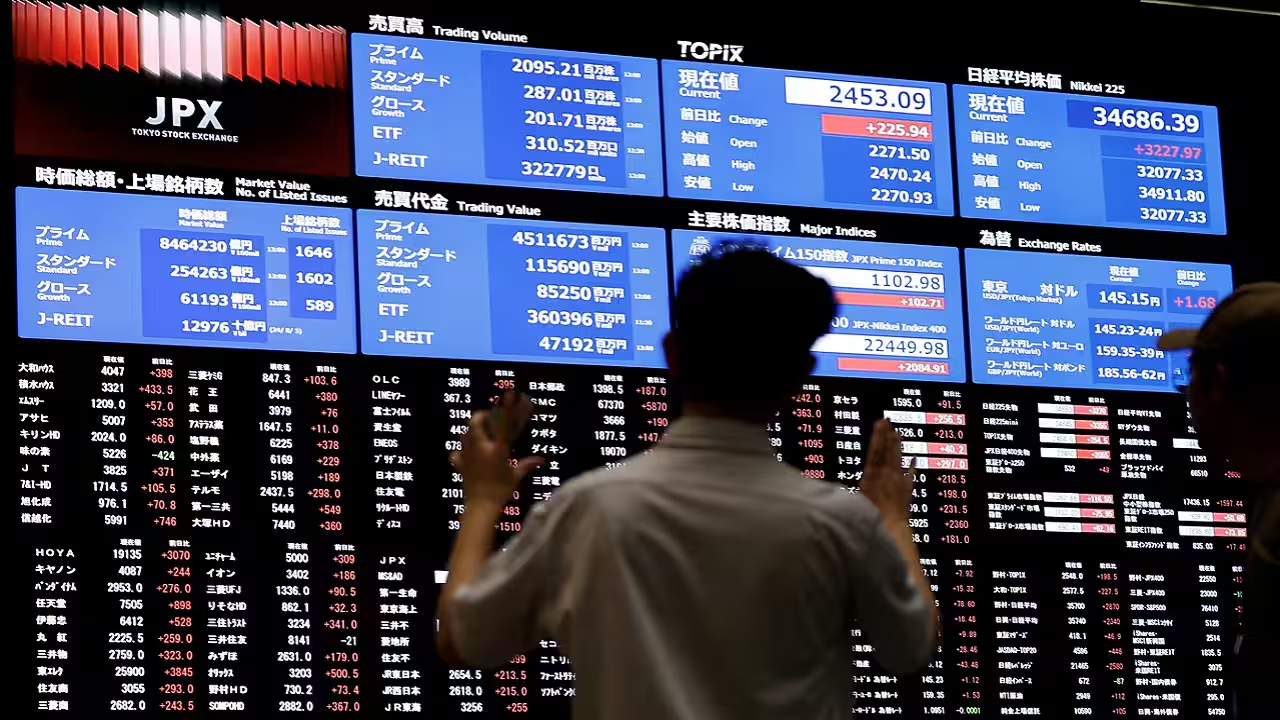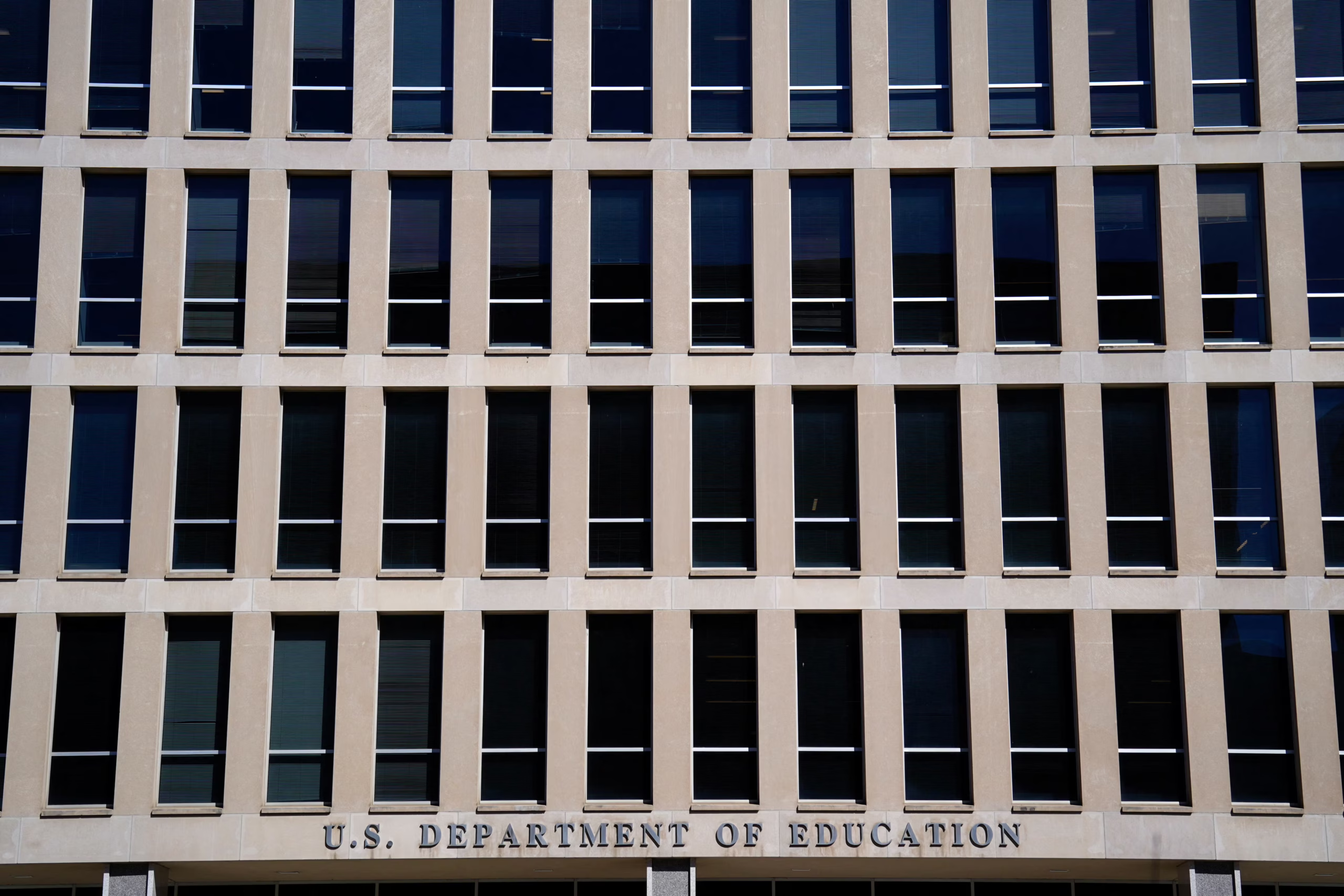
The global economic landscape is inherently interconnected, with policies from one nation often casting long shadows across distant markets. Recently, the imposition of significant tariffs by the United States, particularly under the Trump administration, has sent ripples well beyond its borders. Among the nations feeling these tremors is India, a country poised for substantial manufacturing growth and ambitious GDP targets. The recent warnings from Moody’s about the potential threat of a 50% ‘penalty’ tariff highlight the fragile nature of this economic optimism and underscore the urgent need for strategic resilience.
Understanding the Context: Trump’s Tariffs and Their Global Reach
The Tariff Strategy and Its Rationale
During Donald Trump’s presidency, a series of protectionist measures targeted at China, allies, and other trading partners redefined the parameters of international trade. Central to this strategy were hefty tariffs — often exceeding 50% — designed to protect American manufacturing, rectify trade deficits, and exert political leverage. While the primary targets were specific countries, the ripple effects extended globally, affecting supply chains, pricing, and trade negotiations worldwide.
Moody’s Warning: A Threat to Emerging Economies
According to recent analyses by Moody’s, these high tariffs threaten to derail the manufacturing ambitions of emerging economies, notably India. They warn that such trade restrictions could hinder India’s ability to meet its manufacturing growth and GDP objectives. As Moody’s points out, tariffs as steep as 50% would increase costs for import-dependent industries, reduce export competitiveness, and possibly result in trade diversion or retaliatory measures. The potential for a trade war, therefore, looms large, with India bearing the brunt of increased trade frictions.
India’s Manufacturing Goals: A Delicate Balance
The Drive Towards Self-Reliance and Manufacturing Expansion
India has set ambitious targets in recent years to elevate its manufacturing sector under initiatives such as Make in India. The goal is to transform the country into a global manufacturing hub, reduce reliance on imports, and bolster employment. Achieving these objectives requires a stable, predictable trade environment where costs are controlled and market access remains unobstructed.
The Potential Impact of Tariffs
The introduction of 50% tariffs, mirroring those warned by Moody’s, threaten to make imported raw materials and components prohibitively expensive. For instance:
- Raw material costs could skyrocket, inflating production expenses.
- Export competitiveness could decline if Indian products become more expensive globally.
- Indian manufacturers may face retaliatory tariffs, further constraining market access.
- Foreign investment in Indian manufacturing sectors could slow down due to increased risks and costs.
As a result, India’s pathway toward manufacturing excellence and GDP growth could face significant headwinds, risking the country’s economic aspirations.
The Broader Economic Implications
Impact on GDP Growth
India’s GDP has been on a trajectory of recovery post-pandemic, with substantial contributions from manufacturing, exports, and domestic consumption. However, escalating trade tensions and protectionist policies threaten this momentum. Higher tariffs could reduce export volumes, dampen industrial output, and lead to inflationary pressures, all of which might slow down economic growth.
Trade Diversion and Global Supply Chain Disruptions
The global supply chain is finely balanced, with countries intricately linked through trade and capital flows. When tariffs increase, companies often seek alternative markets or sources, leading to:
- Trade diversion, where imports and exports shift away from traditional partners.
- Disruptions in established supply chains, causing delays and cost inflations.
- Reduced foreign direct investment, as investors seek stable environments.
India’s manufacturing sector, deeply integrated into these supply chains, could face instability, further jeopardizing economic growth and employment generation.
Strategic Responses and Future Outlook
Policy Measures for Resilience
To counteract these adverse effects, India needs to adopt a multi-faceted approach:
- Enhance domestic manufacturing capabilities to reduce reliance on imports.
- Engage in proactive trade negotiations to secure favorable terms and minimize tariff impacts.
- Invest in technology and innovation to improve productivity and competitiveness.
- Develop alternative supply chains and diversify import sources to mitigate risks.
Looking Ahead: Opportunities Amidst Challenges
While the threat of intensified tariffs looms large, this scenario also presents opportunities for Indian industry and policymakers:
- Accelerating indigenous production: The push for self-reliance could stimulate innovation and attract investment into niche sectors.
- Trade negotiations: India can leverage its large market size to negotiate favorable trade agreements.
- Export diversification: Identifying new markets and reducing dependence on traditional trading partners can buffer against external shocks.
Ultimately, resilience, targeted policy interventions, and strategic diversification will be key to safeguarding India’s manufacturing ambitions and economic objectives in an increasingly protectionist global trade environment.
Conclusion
In sum, the warnings from Moody’s about the risks posed by high tariffs highlight a critical challenge for India’s economic trajectory. As the world navigates an era of trade tensions, India must remain agile, innovative, and diplomatic to mitigate the impact of these protectionist policies. Only through concerted efforts can India hope to realize its manufacturing potential and meet its ambitious GDP goals despite external pressures.
For more updated news please keep visiting Prime News World.








